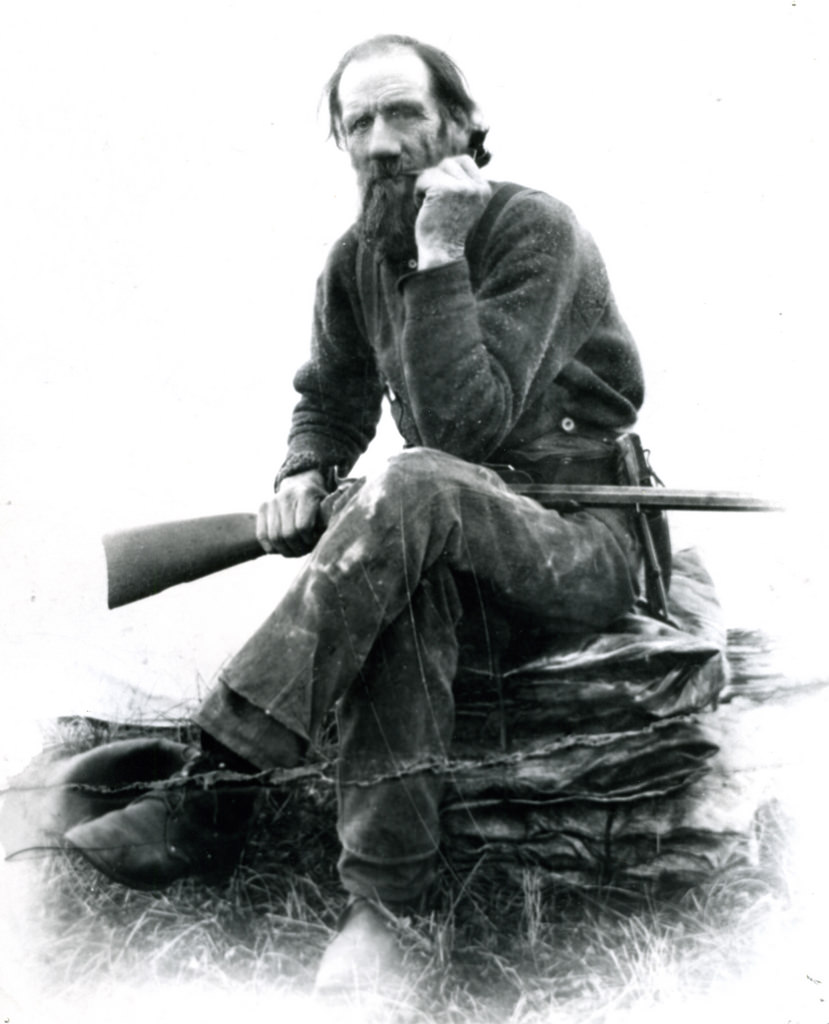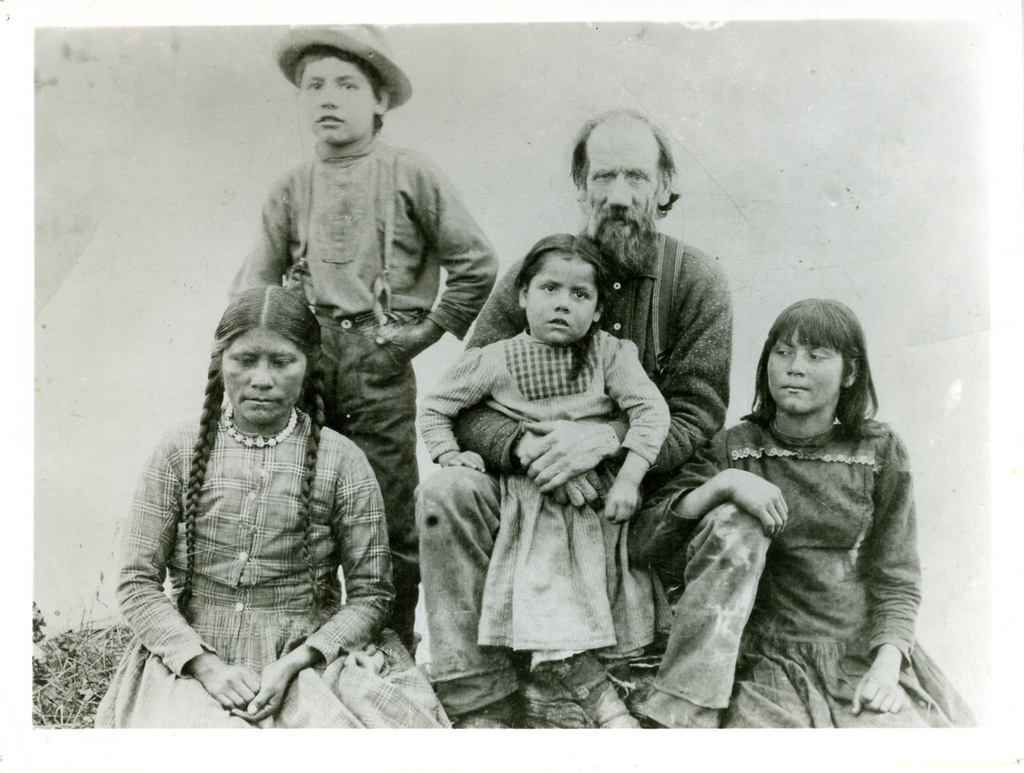If you’ve heard of Beaver Dick Park just west of Rexburg, you’ve surely wondered, as many others have, where in the world a name like that came from. It’s certainly an eyebrow-raiser, no doubt about that. And yet, while it’s been the subject of more than one joke, Beaver Dick is a name that was once both well-known and well-respected by many.
For those who aren’t history buffs, but have a curiosity about the origin of Beaver Dick Park’s name, we’ve sifted through memoirs, historical records, archived diary transcripts, and the like to bring you a somewhat condensed, yet accurate history of our local park’s namesake.

The Man Called Beaver Dick
Richard Leigh (pronounced “Lee”) was born January 9, 1831, in Manchester, England. While still very young, he traveled to America to seek out his fortune. Upon his arrival, he began working for the Hudson Bay Fur Company, trapping animals for their pelts. At only 17 years old, Leigh joined American forces and fought in the Mexican War.
At the conclusion of his time as a soldier, Leigh traveled north through Utah where he met none other than Brigham Young in the Salt Lake area. While there’s no official record as to the sure origin of Richard Leigh’s nickname, it’s most commonly believed that Brigham Young was the first to call him “Beaver Dick,” on account of his love and skill for beaver trapping.
Conflicting stories claim the name was given to him due to his beaver-like front teeth, or that it was native Americans who first started using the moniker. Whatever the truth may be, Leigh came to be known much more widely as Richard “Beaver Dick” Leigh.
The Last of the Mountain Men
While the beaver fur trade boom had fizzled by 1840, Beaver Dick continued trapping, but this time he created trapping lines through the Teton region. He became fluent in both the Bannock and Shoshone languages, and eventually married a native American woman named Jenny. He became the first non-native American man to settle permanently in the Upper Snake River Valley of Idaho.
Beaver Dick and Jenny had six children together. He provided by spending most of his time hunting and trapping along his lines and selling the pelts at several small trading posts in the area. The man was tough, to say the least. Braving the rough conditions of an unsettled area, most often alone, his life was filled with many dangerous and exciting experiences.
Of Beaver Dick, Ken Hughes of Native Unity Digest wrote, “Beaver Dick was the man of influence in the Fire-hole [Yellowstone Park] and Jackson Hole Wyoming and west of the Tetons in Idaho… His knowledge of the Teton country was unmatched by any man White or Indian; what he didn’t know his wife, Jenny, and her people did.”
Tragedy and Aftermath
In 1876 tragedy struck the home of Beaver Dick and his wife Jenny. The family took in a starving widow and child whose path they happened to cross. Only after they had nursed them back to health did they learn that widow’s husband was killed by the smallpox virus. The widow soon contracted the disease and died.
Rather than sending the child away in fear of the spread of the virus, the family showed great compassion and took the girl in. It was an act of love that soon cost Leigh the lives of his wife and six children. In December of 1876, shortly after his wife had given birth to their sixth child, his entire family as well as the orphaned girl died at the hand of the then-deadly virus.
Beaver Dick himself also contracted the disease, but with the help and care from a friend, Tom Lavering, he managed to survive. He recorded in his journal, however, that he was never quite the same after contracting the illness.
Marriage to Susan Tadpole
In 1863, well before the death of his family, Beaver Dick passed by an isolated camp of a Bannock Indian couple while the wife was struggling in labor. At once he offered his help, and with his help, the woman named Tadpole gave birth to a healthy daughter.
The couple was so happy and thankful for his help that they promised their new daughter, Susan, to Beaver Dick in marriage when she came of age. At that time, a happily married 35-year-old, he thanked them but did not accept.
However, in 1878, now a lonely widower, Beaver found himself at For Hall, Idaho, amid a time of tension between Bannock tribes and the US Military. He was serving as a scout and hunter for the military. Coincidentally, John and Tadpole, the couple whose daughter Beaver had helped deliver 16 years prior, were also at the fort.
In 1979, Leigh did accept the gift he’d been offered years before and married Susan Tadpole. They had three children together and lived out their lives together happily. There are still descendants of the couple in the area.
The Death of the Legend
After his second marriage, Beaver Dick continued hunting and trapping, and occasionally acted as a guide as well. He even led an expedition for Theodore Roosevelt himself. Even into his old age, he remained a man of the mountains.
In 1899, struck by serious illness and a stroke, Richard “Beaver Dick” Leigh passed away. He was buried near Rexburg on a hill that overlooks his second homestead.
Beaver Dick played a major role in the settlement and exploration of the Snake River Valley and Teton regions, and he’s a man worth remembering. So next time you hear people speculating over the unique name of Beaver Dick Park, be sure to tell them the legend of Richard Leigh!
Interested in leaving more about Rexburg history? Check out The Most Historical Sites In Rexburg!


